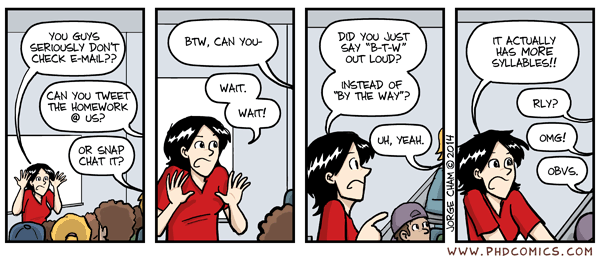 Can you tell us something about your daily tasks and work in general?
Can you tell us something about your daily tasks and work in general?
As fulltime professor at the Dep. of Clinical Science, my job is divided into two main tasks; both research and teaching of medical students. For most of my professional life, I have been working with experimental animal research focusing on cardiac function, blood circulation and metabolism in the cardiac muscle. My job involves being both facilitator, research supervisor and project co-worker in ongoing PhD projects and in current research groups.
Nowadays, I am involved in several animal studies using anaesthetized pigs as experimental model. In these models, we can simulate open cardiac surgery procedures, life-threatening cardiac failure and cardiac arrest. The current studies involve the use of mechanical circulatory support (heart-lung machine, ECMO and Impella pumps) offering temporary cardiac support supplementing or fully substituting the cardiac function in the experimental animal. This kind of equipment is widely used treating patients both worldwide, also here at Haukeland University Hospital. In our experimental models we are studying if and how it is possible to optimize heart function and the circulation in the heart muscle both during and after this type of treatment. Often there will be long days in the core facility Vivarium (the university’s animal facility), performing experiments that could last for up to eight to ten hours. In the Vivarium we have access to advanced evaluation- and recording equipment for studying cardiac function and circulation. In addition, much of my working hours are spent collecting, systemizing and analyzing data from this type of experimental studies. Finally, in collaboration with PhD-candidates and other researchers much time is spent on drafting, correcting and finalizing manuscripts for submission to international scientific journals.
Over the years, I have collaborated with the cardiac surgeons at Haukeland University Hospital. For this reason, I teach medical students on issues related to cardiac and thoracic surgery. Both traditional lectures and bed-side teaching for groups of students are some of my activities. I am also involved in the new exam arrangements (OSCE) and in the academic planning of teaching in the subject “Circulation”. Given this opportunity here in K2Nytt, many of my colleagues and I will strongly argue that too little time in the curriculum and limited teaching resources have been allocated to teaching both in heart disease in general and in cardio-thoracic surgery in the MED2015 curriculum plan. Here, changes are needed.
What do you enjoy working at K2?
I like working together with other people towards some common goals, whether that is good research or good and relevant teaching and training for the medical students. In my situation, I it is enjoyable to collaborate with researchers, technicians and administrative personnel both from K2, from K1, from Haukeland University Hospital and others. In addition, there are many friendly and pleasant people whom I meet and interact with on a daily basis at K2.



